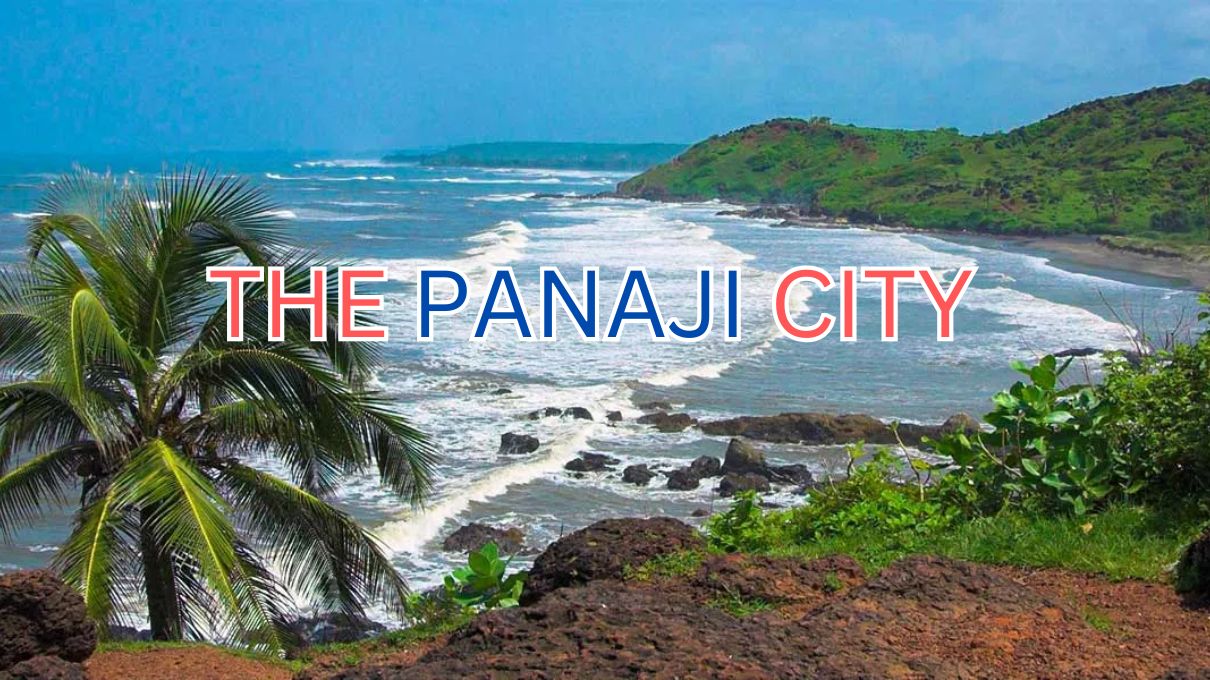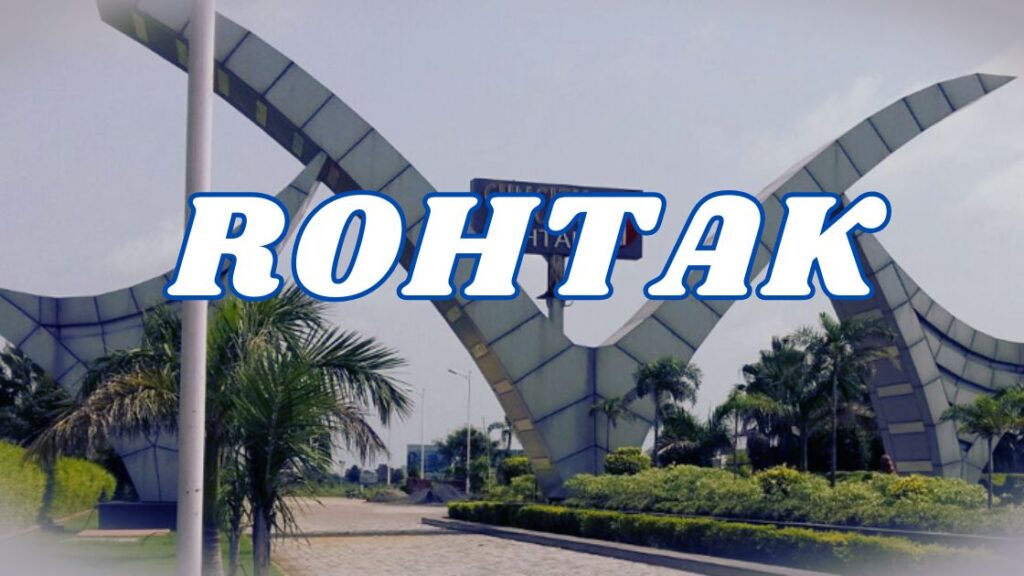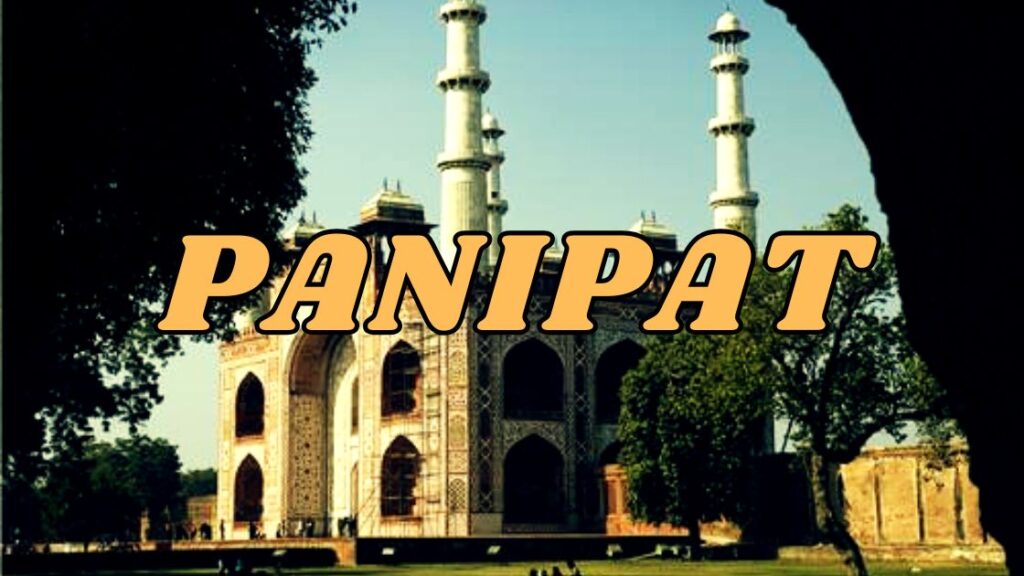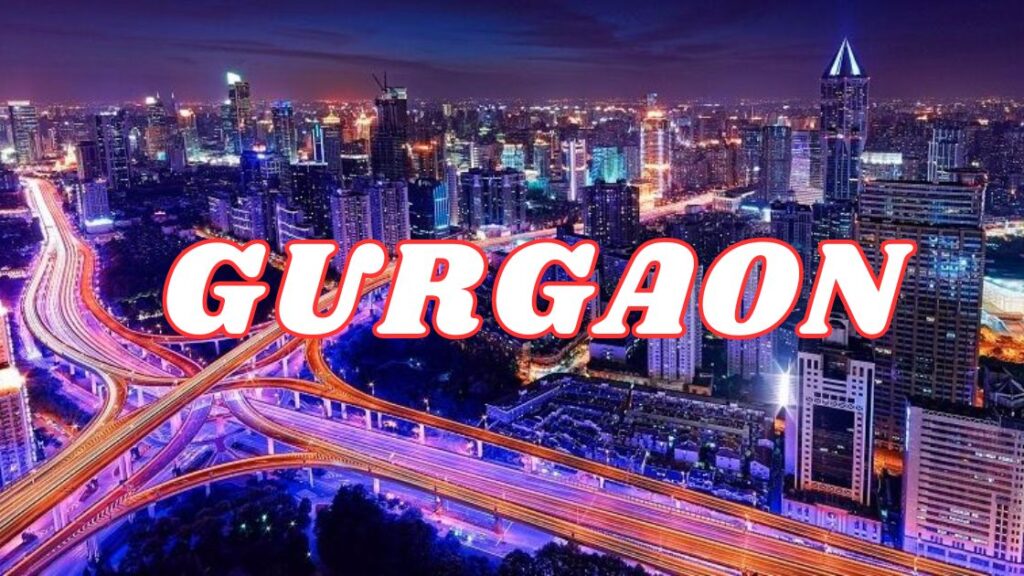Panaji: The Capital of Goa
Panaji (also known as Panjim or Ponnjem in Goan Konkani) serves as the vibrant capital of Goa, an Indian state known for its rich cultural tapestry and picturesque landscapes. Nestled on the banks of the Mandovi River estuary, the city is not only the administrative hub but also a cultural and architectural gem that reflects its Portuguese heritage.
Panaji is situated in the Toswadi taluka and serves as the headquarters of the North Goa district. The metropolitan area hosts a population of approximately 114,759, making it the largest urban agglomeration in Goa, surpassing Margao and Marmagao in size and density. The city’s serene riverfront, terraced hills, and distinctively tiled buildings give it an iconic charm.
Panaji – The Cultural and Administrative Heart of Goa
Panaji was once the territorial capital of Portuguese India, and its architecture and layout still resonate with colonial influences. The Portuguese officially moved their capital from Velha Goa (Old Goa) to Panaji in the 17th century. The city was meticulously planned with a grid system, stepped streets, and a seven-kilometer-long promenade, emphasizing aesthetic and functional urban planning. It transitioned from a town to city status on 22 March 1843, marking its rise as a key administrative and cultural center.
The charm of Panaji lies in its unique blend of historical and modern urban characteristics. The cityscape is adorned with terraced hills, red-tiled roofs, and tree-lined avenues of gulmohar and acacia, adding vibrant colors and greenery. Key landmarks include:
- Our Lady of the Immaculate Conception Church: This baroque-style church, perched above the Praça da Igreja (Main Square), serves as an iconic symbol of Panaji.
- Riverside Promenade: Overlooking the Mandovi River, the promenade offers a serene space for residents and visitors alike to enjoy the view and the city’s vibrant culture.
Panaji was selected as a candidate for India’s Smart Cities Mission, reflecting its forward-looking approach to urban development and infrastructure.
Panaji boasts a Human Development Index (HDI) close to 0.90, positioning it as one of the most advanced cities in India in terms of living standards, healthcare, and education. The city’s inclusion in the Smart Cities Mission is expected to enhance its urban development further, incorporating technological advancements and sustainable practices.
Etymology of Panaji
The name “Panaji” carries a deep historical and cultural significance, reflecting the city’s rich legacy. Its transformation through time illustrates the city’s role in different eras, from its Sanskrit origins to its prominence in Portuguese India.
The city was renamed from Panjim (its anglicized name) to Panaji, the official and current name, in the 1980s. During the Portuguese colonial period, the city was called Pangim. When Panaji became the capital of Portuguese India, replacing Velha Goa (Old Goa), it was referred to as Nova Goa, meaning “New Goa” in Portuguese. The title reflected its new status as the administrative hub, though the Viceroy had already relocated there in 1759.
In Konkani, the name is also spelt as Ponnje in the Roman script and in panjani the Devanagari script, highlighting its linguistic versatility within local traditions.
The origins of the modern name are believed to derive from Sanskrit, specifically from the words “panjani” (boat) and “khali” (small creek). These words aptly describe Panaji’s geographic setting as a riverside city with close connections to waterways and trade.
The term Panjanakhani, inscribed on copper plates from 1059 CE during the reign of the Kadamba king Jayakesi I, is considered an early reference to Panaji. This name suggests that Panaji served as an important locale even in the Kadamba Dynasty period, linking it to ancient maritime activities.
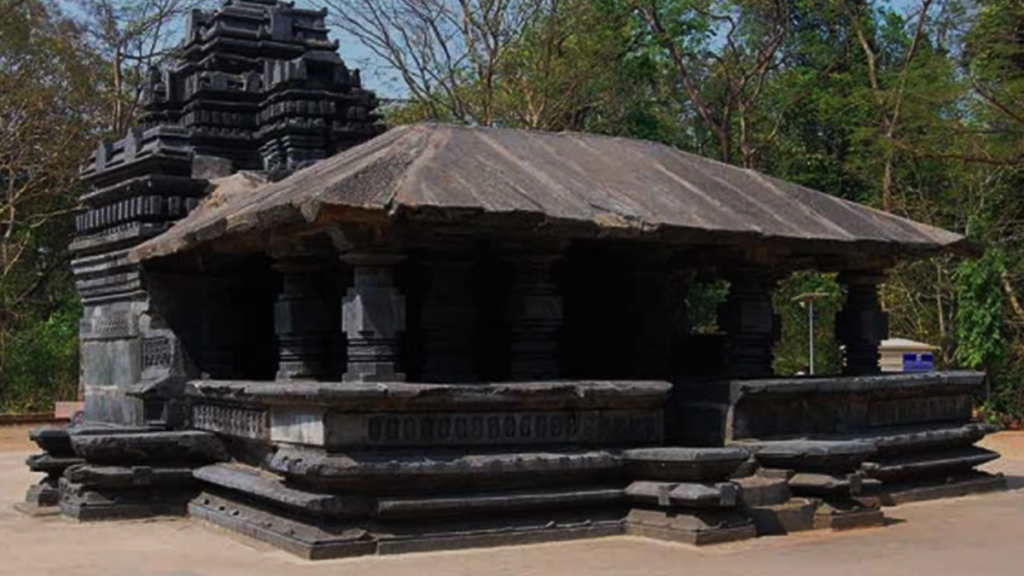
According to legend, Panaji is mentioned in a stone inscription from 1054 CE, also attributed to Jayakesi I. The name Panjanakhani appears in this record, and Jayakesi I is given the epithet Padavalendra in Kannada, which translates to “lord of the western ocean.” This title underscores the city’s significance as a key location along the western coast, integral to maritime and political activities during the Kadamba reign.
History of Panaji
Panaji’s history reflects its strategic importance, from being the capital of Portuguese India to its prominent role in independent India. Its evolution underscores the city’s resilience and transformation through epochs marked by colonization, epidemics, and political reorganization.
Portuguese Era and Rise as the Capital
Panaji rose to prominence during the Portuguese colonial period. The capital was moved from Old Goa (Velha Goa) to Panaji in the mid-18th century due to a devastating epidemic that decimated the population of Old Goa. Seeking a safer and healthier location, the Portuguese administration relocated its capital to Panaji, officially naming it Nova Goa (New Goa). The city’s systematic layout, grid-patterned streets, terraced hills, and seven-kilometer-long promenade were carefully planned during this period, embodying a blend of colonial architecture and urban functionality.
Integration into India
Goa, including Panaji, remained under Portuguese control until 1961, when India annexed the region in a historic operation referred to as Operation Vijay. The annexation marked the end of over 450 years of Portuguese colonial rule. Following this event, Panaji became the capital of the Union Territory of Goa, Daman, and Diu, symbolizing the integration of the region into independent India.
Statehood and Modern Development
In 1987, Goa achieved statehood, and Panaji was declared the state capital. This transition elevated its status as a pivotal administrative, cultural, and economic hub. To accommodate the growing needs of a modern state, a new Legislative Assembly complex was inaugurated in March 2000, across the Mandovi River, in Alto Porvorim.
Today, Panaji also serves as the administrative headquarters of the North Goa district, solidifying its role in governance and administration while preserving its unique heritage and urban character.
Cultural and Administrative Heritage
The city reflects the convergence of Portuguese and Indian influences, seen in its historical structures, governance practices, and cultural fabric. Panaji’s transformation from a colonial outpost to a vibrant state capital symbolizes its resilience and ability to adapt to changing political and historical landscapes.
The historical significance of Panaji lies in its dual role as a colonial administrative center and a symbol of integration into India’s democratic and cultural framework, making it a city with an enduring legacy.
Geography and Demographics of Panaji
Panaji, the capital city of Goa, is known for its strategic location, natural beauty, and vibrant culture. Its geography and demographic profile make it a unique blend of tradition, history, and modernity.
Geography
Panaji is geographically situated at 15°29′56″N 73°49′40″E, along the banks of the Mandovi River in the Tiswadi sub-district of Goa. It has an average elevation of 7 meters (23 feet) above sea level. The city is not only bounded by the Mandovi River but also features two creeks, known locally as poi:
- Ourem Creek
- Santa Inez Creek
Panaji enjoys a tropical monsoon climate, characterized by warm summers, heavy monsoon rains, and mild winters. The city’s scenic landscape is accentuated by terraced hills, lush greenery, and well-planned neighborhoods.
Suburbs
Panaji consists of various vade or sub-divisions that form the cultural and architectural core of the city. Some notable divisions include:
- Sao Tome
- Fontainhas (famous for its Portuguese heritage and vibrant festivals)
- Mala
- Altinho
- Cortin
- Praça da Igreja
- Boca de Vaca
In addition to these, several outlying areas also contribute to Panaji’s urban sprawl:
- Campal
- Dona Paula
- Santa Cruz
- Merces
- Caranza Lem
- Siridao
- Taleigao Plateau
These areas reflect a mix of modern infrastructure and historical charm.
Demographics
According to the 2011 Census of India, Panaji had a total population of 114,405. The city has a well-balanced gender ratio, with 52% male and 48% female residents. Panaji boasts an impressive average literacy rate of 90.9%, with male literacy at 94.6% and female literacy at 86.9%.
Age Distribution
- Children below 7 years constitute 9.6% of the population, making it a city with a young demographic edge.
Religious Composition
Religion plays a vital role in shaping Panaji’s culture. The city houses a harmonious mix of:
- Hindus: 64.08%
- Christians: 26.51%
- Muslims: 8.84%
- Others (including Buddhists, Jains, and Sikhs): 0.4%
This diverse religious composition reflects the historical influences and communal harmony of Panaji, with festivals, traditions, and religious sites playing a prominent role in daily life.
A Harmonious Blend
Panaji’s geographic advantages, coupled with its vibrant demographic profile, create a city that seamlessly merges its past with a modern, multicultural present. Whether it’s the lush greenery of its suburbs or the rich cultural tapestry of its residents, Panaji epitomizes Goa’s uniqueness as a land of cultural confluence.
Climate of Panaji
Panaji, the capital city of Goa, experiences a tropical monsoon climate as per the Köppen climate classification (Am). The city’s climate is typified by distinct summer, monsoon, and winter seasons, with significant rainfall during the monsoons and generally warm weather throughout the year.
Seasonal Variations
- Summer (March to May)
- Temperatures during summer soar to a maximum of around 32°C (90°F).
- The weather is characterized by increased heat and humidity, though tempered by coastal breezes.
- Monsoon (June to October)
- Heavy rainfall marks this season, with the annual average precipitation reaching approximately 2,932 mm (115.43 inches).
- The southwest monsoon brings strong winds, lush greenery, and an overall cooler atmosphere.
- Rainfall peaks in June and July, with average monthly precipitation exceeding 900 mm (35.43 inches) during this period.
- Winter (November to February)
- Winters are mild, with temperatures ranging between 23°C (73°F) and 31°C (88°F).
- Cool breezes from the sea make this the most pleasant season for tourism and outdoor activities.
Temperature Details
- Hottest Month: April, with mean daily highs often surpassing 33°C (92°F).
- Coldest Month: January, when temperatures occasionally dip to a record low of 13.3°C (55.9°F).
Humidity and Sunshine
- The average relative humidity stands at 71%, with peaks during the monsoon months when it can exceed 87%.
- Panaji enjoys abundant sunshine for most of the year, averaging 7.6 hours per day and totaling approximately 2,773 hours annually.
- The sunniest months are November to February, making these months highly favored by tourists.
Climate Data Highlights
| Parameter | Annual Value/Notes |
|---|---|
| Highest Recorded Temp | 39.8°C (103.6°F) in April |
| Lowest Recorded Temp | 13.3°C (55.9°F) in February |
| Average Rainfall | 2,984.1 mm (117.48 inches) |
| Rainy Days | 97.3 days annually |
| Relative Humidity | Peaks at 87% in monsoon months |
| Daily Sunshine | Peaks at 10.3 hours in February |
Adaptation to the Climate
Panaji’s tropical climate is well-suited to its lush coastal ecosystem, fostering a vibrant monsoon season that revitalizes agriculture, flora, and fauna. The consistent sunny weather during non-monsoon months contributes to Panaji’s charm as a top tourist destination in India. Visitors and residents alike enjoy the city’s balanced climatic profile, which supports diverse activities ranging from beach outings to cultural festivals.
Cityscape of Panaji: A Blend of Tradition and Modernity
Panaji, the charming capital city of Goa, is celebrated for its picturesque skyline and historic landmarks. Nestled along the Mandovi River, it beautifully combines Portuguese colonial heritage with modern developments. Among its iconic landmarks is Our Lady of the Immaculate Conception Church, a prime example of Portuguese Baroque architecture. Originally constructed in 1541, this church, located in the heart of Praca da Igreja (Church Square), draws visitors with its striking white façade and serene ambiance.

Adjacent to the church lies the Jardim Garcia de Orta, a lush municipal garden that provides a refreshing retreat. Other attractions include the restored Adilshahi Palace (or Idalçao Palace), which dates back to the 16th century, and the culturally significant Institute Menezes Braganza. The Fontainhas area, known as the Latin Quarter, captivates visitors with its brightly colored heritage houses, cobbled streets, and quaint charm. For those seeking coastal serenity, the nearby Miramar Beach offers golden sands and stunning sunsets.
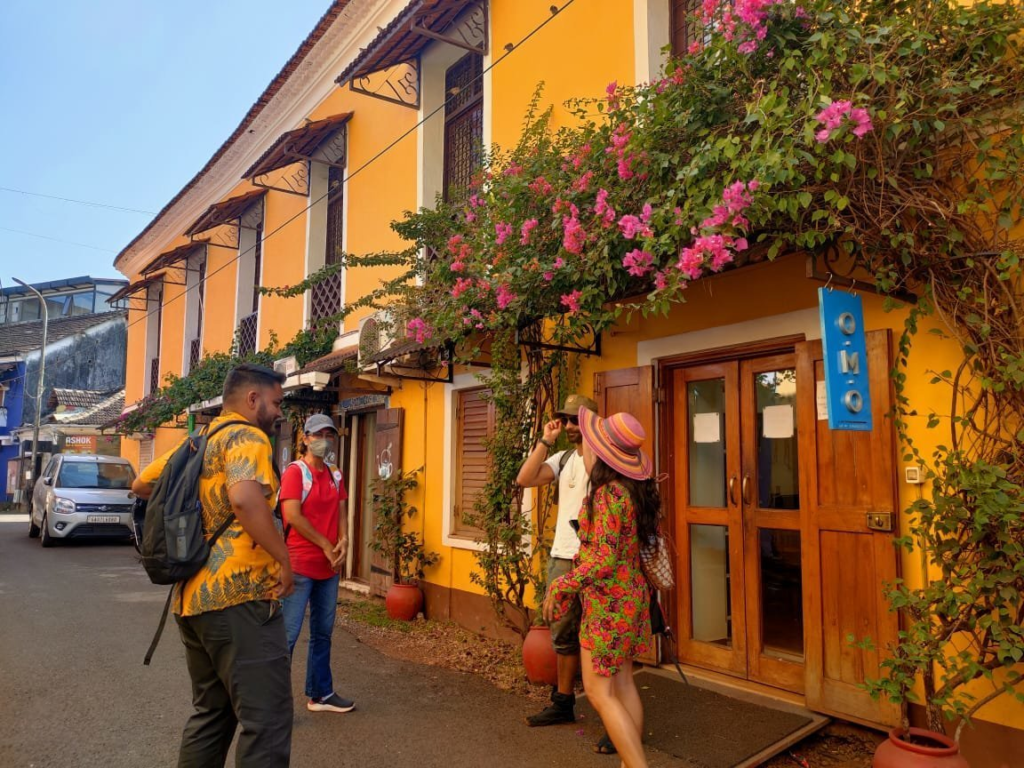


Celebrations and Spiritual Heritage
Panaji’s Mahalaxmi Temple, situated on Dada Vaidya Road, holds a revered status among locals. Dedicated to Goddess Mahalaxmi, the temple unites devotees from all walks of life. The city comes alive during its vibrant festivals, including the annual carnival in February, marked by parades, music, and dance. Another significant celebration is the Shigmo festival, coinciding with Holi, and the colorful Narkasur parade on the eve of Diwali.

The Kala Academy, a stunning cultural center designed by architect Charles Correa, showcases Goa’s rich art and heritage. From exhibitions to performances, this venue embodies the essence of Goan creativity. Adding to Panaji’s allure is 18th June Road, a bustling street popular among shoppers and food enthusiasts, offering a glimpse of the city’s dynamic energy.
Adil Shah’s Palace: A Historical Treasure
On the banks of the Mandovi River stands the Old Secretariat Building, widely known as Adil Shah’s Palace. Originally built around 1500 by Yusuf Adil Shah of the Bijapur Sultanate, this structure was a summer residence and fortress armed with 55 cannons and surrounded by a moat. The Portuguese, under Afonso de Albuquerque, captured the palace in 1510 and renamed it Idalcao’s Palace. Today, this magnificent building houses The Goa State Museum, showcasing Goa’s intricate history and culture.
Exploring Nature and Beaches
For nature lovers, the Salim Ali Bird Sanctuary, situated in Chorao village near Panaji, is a haven for rare and migratory bird species. The sanctuary’s tranquil surroundings make it an ideal spot for birdwatching and immersing oneself in nature’s beauty.

Panaji is renowned for its beaches, such as Miramar, Dona Paula, and Bambolim. Miramar Beach is bustling with tourists, offering a lively atmosphere throughout the year. Dona Paula, the confluence of the Zuari and Mandovi rivers, provides breathtaking views as the rivers meet the Arabian Sea. This area also houses the official residence of Goa’s governor, Cabo Raj Bhavan, situated at the westernmost tip of Dona Paula.

Modern Attractions in Panaji
For science enthusiasts, the Goa Science Centre, opened in 2001, is a must-visit attraction that captivates visitors with interactive exhibits. Shopaholics can explore the Caculo Mall and Madhuban Complex, located in St. Inez, offering modern shopping experiences to both locals and tourists.
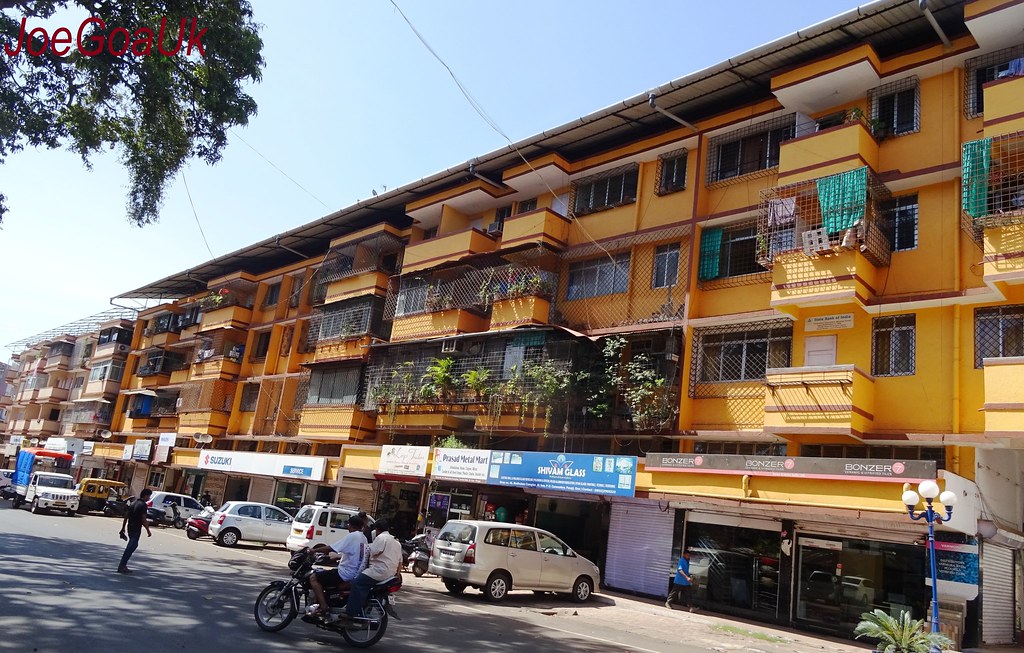

Panaji is also recognized as the Casino Capital of India, offering a vibrant nightlife with high-end casinos and entertainment venues. Its Gin culture adds to the city’s charm, making it a favorite destination for those seeking luxury and relaxation.

Education in Panaji: A Hub of Learning and Excellence
Panaji, the vibrant capital city of Goa, holds a significant place in the educational landscape of the state. The city boasts a blend of historic and modern institutions that cater to a wide range of academic disciplines and research pursuits. Among its most notable landmarks is the Goa Medical College, originally established in 1842 as the Escola Medico-Chirurgical de [Nova] Goa in Campal. This pioneering institution is recognized as one of Asia’s oldest medical colleges. While the medical college has since relocated to Bambolim, its original building has been repurposed as the headquarters of the Entertainment Society of Goa, preserving its historical and architectural significance.

Goa University: The Apex of Higher Education
Panaji is home to Goa University, located in Taleigao on the outskirts of the city. As the state’s only university, it serves as a crucial academic institution, offering undergraduate, postgraduate, and research programs across various disciplines. The university’s serene campus fosters an environment of intellectual growth, making it a cornerstone of education in the region.
Notable Educational Institutions in Panaji
The city hosts an array of institutions that cater to different fields of study and levels of education. Among these are:
- Don Bosco College, Panjim, which provides undergraduate programs across diverse disciplines.
- The relocated Goa Medical College in Bambolim, continuing its legacy of excellence in medical education.
- Goa College of Pharmacy, recognized for its comprehensive pharmaceutical education and research.
- Goa Polytechnic Panaji, a premier institute for technical and vocational education.
- Goa College of Fine Arts, which nurtures creative talents in visual arts and design.
Other prominent schools include the Rosary High School in Miramar, Our Lady of Rosary (Green Rosary) in Dona Paula, and Santa Cruz High School in Santa Cruz. Panaji also hosts reputable institutions such as the Dempo College of Commerce and Economics in Altinho and the Dhempe College of Arts and Sciences in Miramar. Don Bosco High School and Mary Immaculate Girls High School in São Tomé/Fontainhas stand out for their long-standing contributions to secondary education.
Additionally, institutions like the Goa Institute of Management and Sharada Mandir School in Miramar are known for their modern curriculum and focus on holistic development.
Research and Innovation
Panaji extends its academic contributions to the field of research through the presence of world-class facilities such as the National Institute of Oceanography (CSIR-NIO). Situated in Dona Paula, this institute is a leader in marine science research, specializing in oceanography, environmental monitoring, and marine ecosystems. The NIO has been instrumental in advancing knowledge on the coastal and marine biodiversity of Goa, fostering collaboration with global scientific communities.

Transport in Panaji
Panaji, the capital of Goa, boasts a growing transportation network that connects the city to various parts of the state and beyond. The city’s iconic Atal Setu bridge and other bridges across the Rio de Ourem form crucial conduits for daily commuting and trade. The Dabolim Airport, situated around 30 kilometers (19 miles) from Panaji, serves as the primary gateway to the city, offering both domestic and international flights.
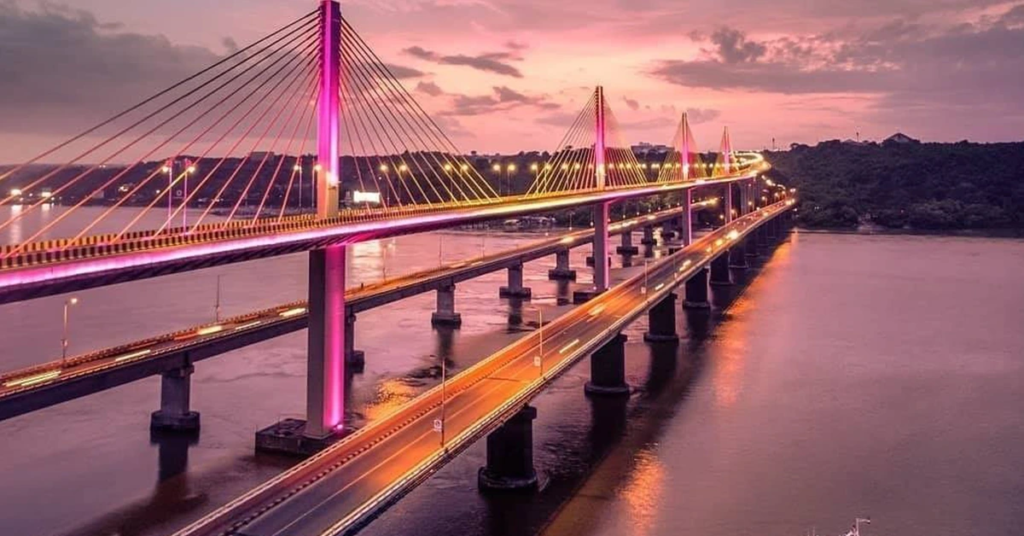
Adding to this is the recently developed Mopa Airport, located 40 kilometers (25 miles) away, which caters to an increasing influx of travelers. Both airports are well connected to the city via a network of buses, cabs, and rental vehicles, ensuring smooth transportation for visitors. The nearest major city, Mapusa, serves as a transit hub, offering access to public transport options such as buses and taxis, making it convenient to explore Goa’s coastal regions and tourist hotspots.
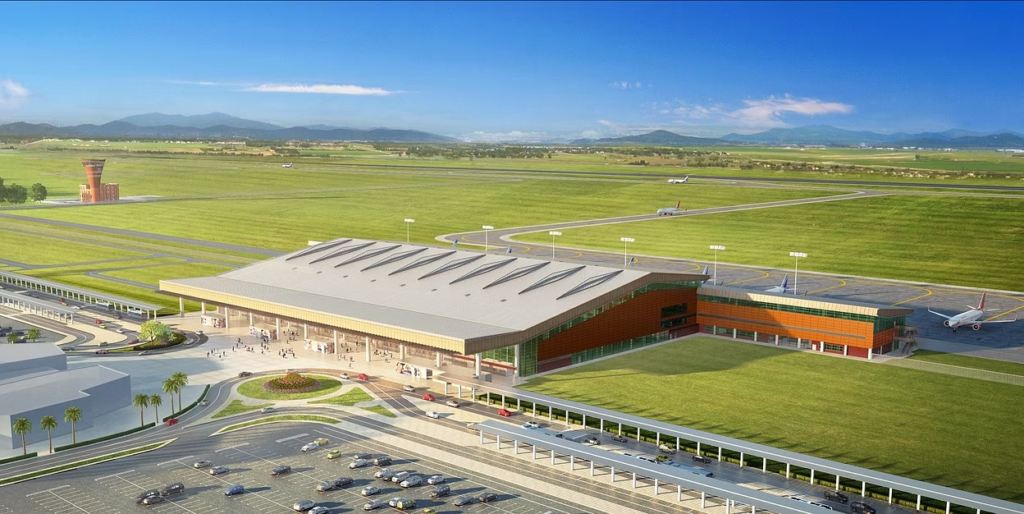
Media and Communications
Panaji stands as a cultural hub, with All India Radio operating a local station in the city, broadcasting a variety of programs that cater to diverse interests. The city’s prominence is further highlighted by its hosting of the prestigious International Film Festival of India (IFFI) every year, an event that attracts filmmakers, artists, and cinephiles from around the world.

Governance and Administration
Panaji is the administrative center of Goa, housing key government offices for both the state and central governments. Notable institutions include:
- Goa Bench of the Bombay High Court
- Goa Education Development Corporation
- Industrial Development Corporation Goa
- Goa Passport Office
- Press Information Bureau (Government of India’s Press Office)
The city also features the Goa Legislative Assembly, situated at Alto Porvorim, just 2 kilometers (1.2 miles) from Panaji. Altinho, a prominent hillock in the city, is home to several significant central government offices, as well as the residences of notable officials and politicians.
Panaji serves as a part of the Panaji Assembly Constituency and the North Goa Lok Sabha Constituency, underscoring its political significance. The Corporation of the City of Panaji (CCP) manages the city’s municipal governance. The current Mayor, Rohit Monserrate, and the Deputy Mayor, Vasant Agshikar, oversee the city’s civic administration, with the support of the Chief Minister, Pramod Sawant, who also resides in Panaji. The Governor of Goa, S. Pillai, resides at the Cabo Raj Bhavan in Dona Paula, about 8 kilometers (5 miles) from the city.
Sports and Recreation
Panaji has a rich sporting heritage, especially in football. The city is home to two premier football clubs, Dempo SC and Sporting Clube de Goa, which compete in the I-League, one of India’s top-tier football leagues. FC Goa, a prominent team in the Indian Super League (ISL), also has strong ties to the city, engaging local and national fans alike.
The Clube Tennis de Gaspar Dias, established in 1926 in Miramar, is one of Goa’s most sought-after tennis clubs. Plans are underway for a multipurpose Campal Indoor Complex near the existing football ground at Campal, which aims to expand Panaji’s recreational and sporting infrastructure. The Don Bosco College football grounds, located on General Bernardo Guedes Road, have served as a key sports venue for years, providing opportunities for local athletes and hosting regional tournaments.
International Relations
Panaji fosters international ties through its twin-town agreements with Lisbon, Portugal, and Victoria, Seychelles, emphasizing its historical connections and global outlook. These partnerships facilitate cultural exchange, mutual development, and shared initiatives that enrich Panaji’s international identity.
Conclusion
From efficient transport systems to thriving media and communications, robust governance, active sports culture, and international relations, Panaji embodies a well-rounded urban center. As the administrative and cultural heart of Goa, the city continues to grow and innovate, making it a vital hub for both locals and visitors. With its seamless blend of tradition and modernity, Panaji reflects Goa’s unique charm on a global stage.

